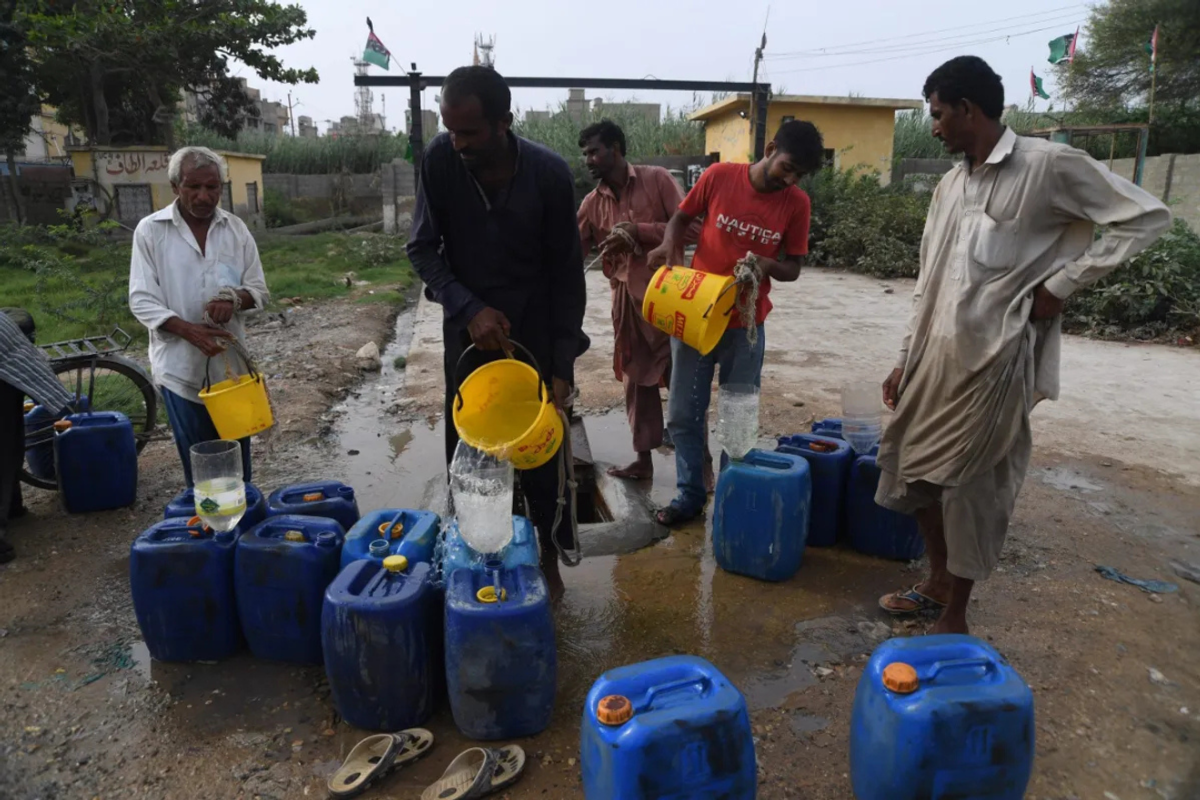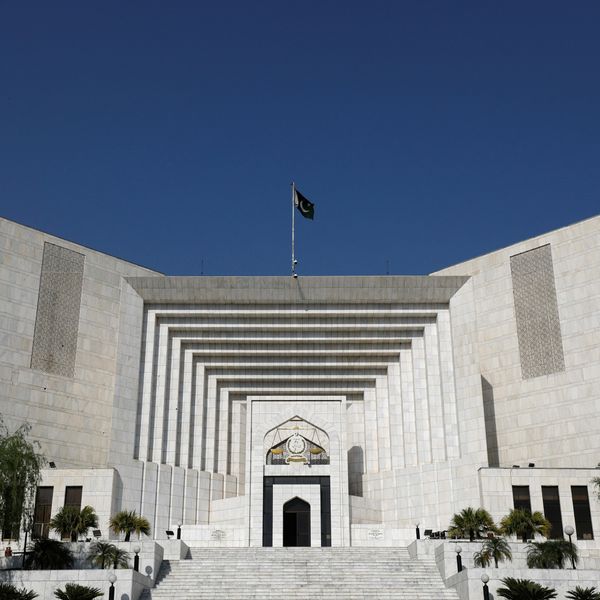Pakistan faces worsening drought as rainfall declines, meteorologist warns
Experts warn that water shortages may harm crops, spread diseases, and threaten wildlife, urging the nation to use water wisely

Javed Hussain
Correspondent
I have almost 20 years of experience in print, radio, and TV media. I started my career with "Daily Jang" after which I got the opportunity to work in FM 103, Radio Pakistan, News One, Ab Tak News, Dawn News TV, Dunya News, 92 News and regional channels Rohi TV, Apna Channel and Sach TV where I worked and gained experience in different areas of all three mediums. My journey from reporting to news anchor in these organisations was excellent. Now, I am working as a correspondent with Nukta in Islamabad, where I get the opportunity of in-depth journalism and storytelling while I am now covering parliamentary affairs, politics, and technology.

Provinces brace for 40% water reductions amid drought, threatening agriculture yields.
Pakistan is facing an unusual weather year with worsening drought and rising temperatures, Chief Meteorologist Muhammad Afzal warned on Wednesday.
"We are facing drought this year," Afzal said. "There has been 42% less rainfall in the winter season, while Sindh saw a 63% drop, Balochistan 53%, and Punjab 41%."
Water reserves are critically low, with dams running at dead levels, he said. The coming days are also expected to bring below-normal rainfall, worsening the crisis.
The Meteorological Department earlier issued a drought alert, highlighting the persistence of drought conditions in Sindh, southern Balochistan, and the lower eastern plains of Punjab.
According to the Indus River System Authority (IRSA), water for irrigation will not be available, with provinces expected to face reductions in water supply by 35% to 40% during the Kharif season. Similar reductions were experienced during the Rabi season.
IRSA sources said water distribution will depend on the inflow of rivers, which remains uncertain due to this year's below-average rainfall.
"The absence of water will affect crops, increase the risk of diseases, and threaten wildlife," Afzal said. "The nation should adopt moderation in water use."
He noted that the current rain spell in northern areas will not be enough to replenish water supplies.
Temperatures are also expected to rise significantly in the coming months, with Eid al-Fitr forecasted to be hotter and drier than usual. "Temperatures will be 2 to 3 degrees higher than normal, and in the coming months, they could increase by up to 5 degrees," he warned.
Urban areas will be particularly affected by extreme heat. However, rising temperatures will also cause glaciers to melt, increasing river flow.
In the capital, Islamabad, and nearby Rawalpindi, water shortages may worsen. "Water bores up to 200 feet deep in the twin cities may dry up," Afzal said, emphasizing the urgency of water conservation efforts.
Meteorological Department Director General Sahibzad Khan previously attributed these unusually high temperatures to significantly reduced precipitation this year. While Pakistan typically receives snowfall covering 49% of its mountainous regions, this year, it dropped to just 15%.
Consequently, Pakistan's rivers and reservoirs are expected to reach critically low levels during the summer, raising serious concerns about water shortages. In response, authorities have issued early warnings to both government officials and farmers.







Comments
See what people are discussing